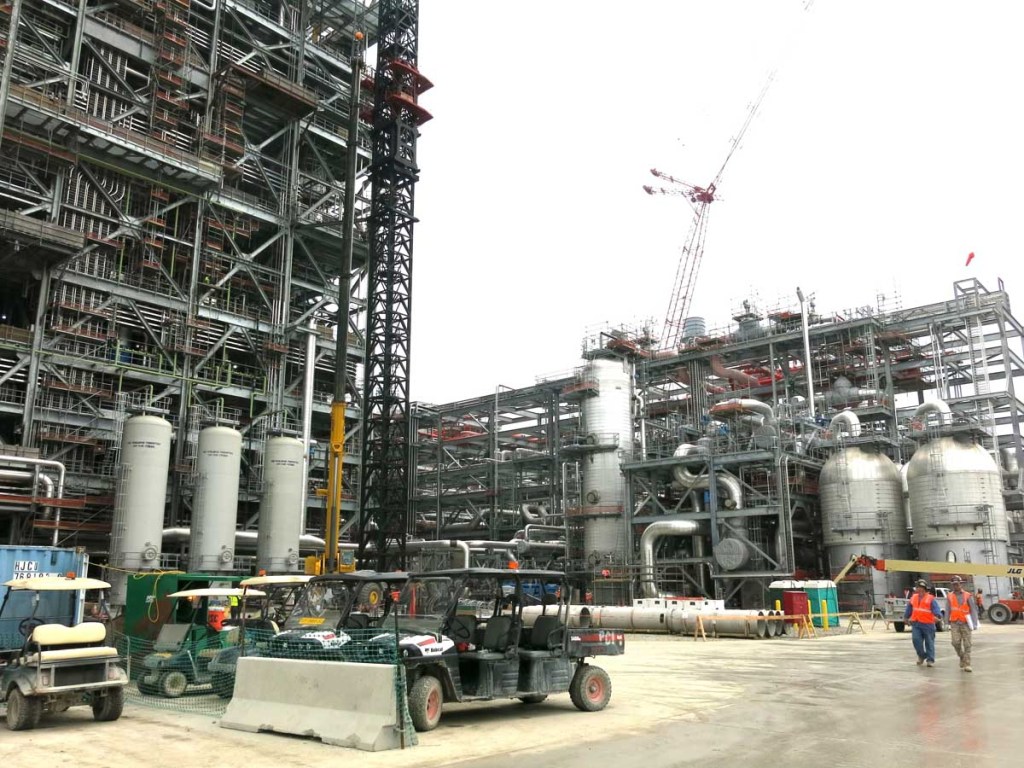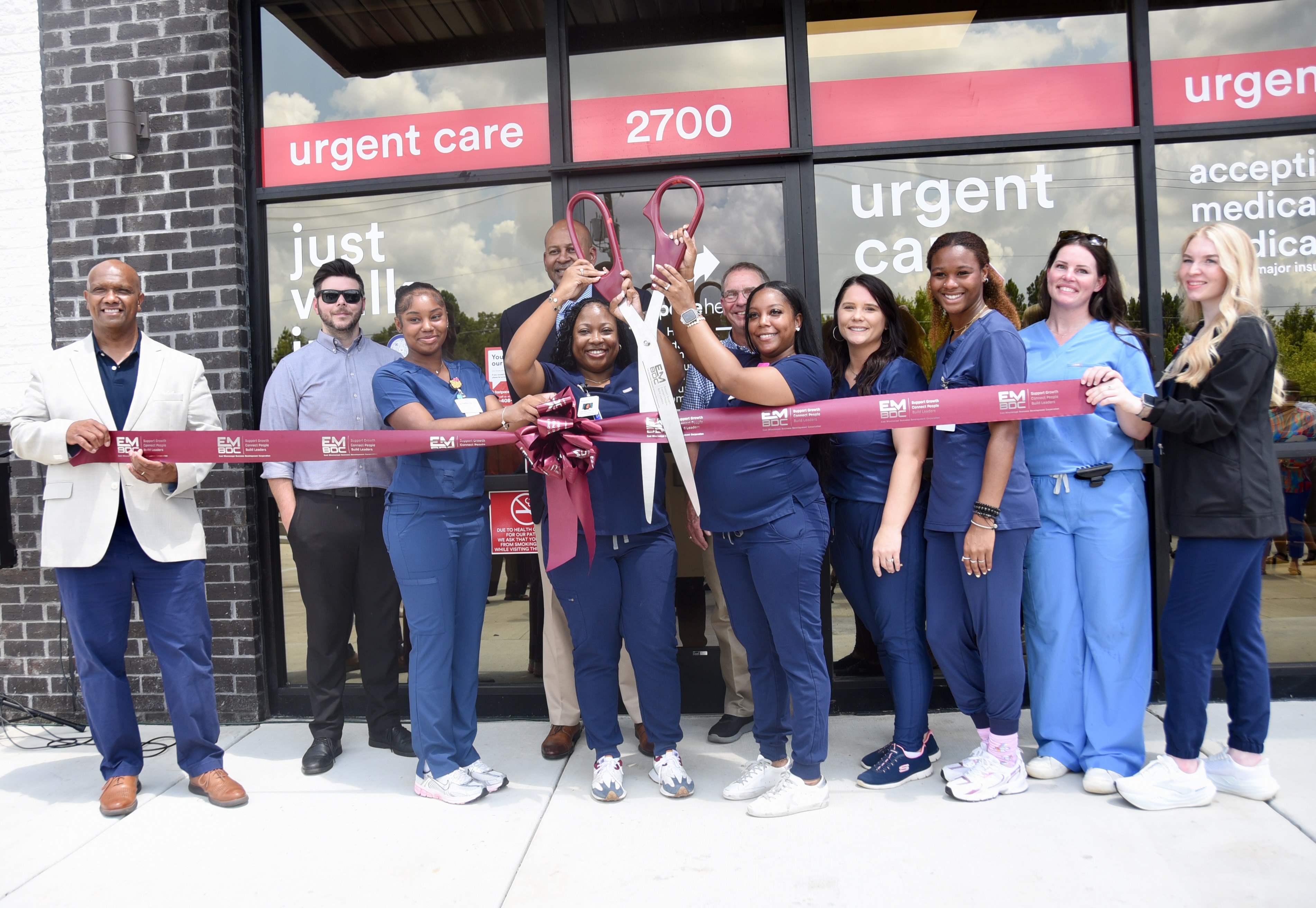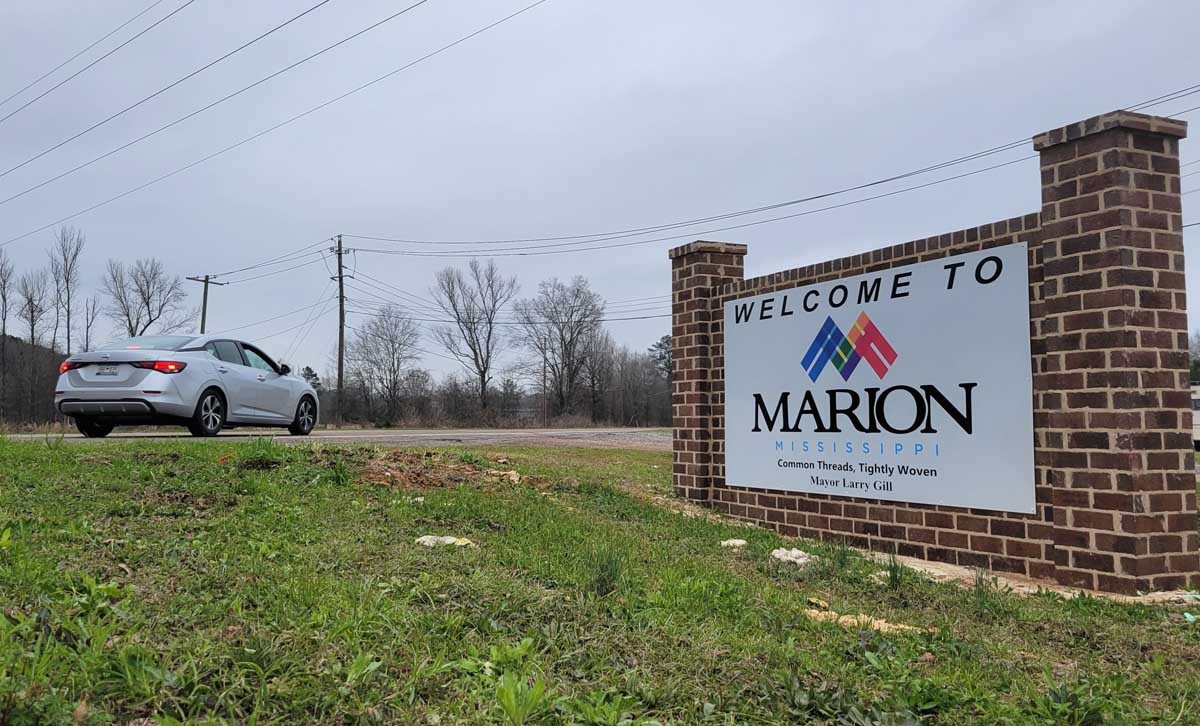Mississippi Power officials tout benefits of Kemper plant
Published 4:06 am Sunday, April 5, 2015

- Mississippi Power's lignite plant in Kemper County is expected to be fully operational by early 2016, company officials have said.
Just inside the Kemper County line and 20 miles north of Meridian, construction on Mississippi Power Company’s power plant continues.
Plant officials said they expect the plant will be fully operational by early 2016.
Trending
During its primary construction phase, more than 6,000 workers were on site. Today, 2,500 workers remain, with some of those considered full-time.
In addition to the plant, there is a lignite coal mining operation spearheaded by the North American Coal Corporation.
“We’ve been fully operational since July 2013 and have 117 full-time employees,” North American Coal Engineering and Operations Manager Matthew S. Jones said.
In 16 months, the coal mining operation has produced more than 1.2 million tons of lignite coal, Jones said. The lignite coal sits in two piles, which plant officials say will one day be sent up a 200-yard conveyor belt to power the plant, producing electricity for an estimated 186,000 residents in a 22-county area.
The plant, however, has drawn some criticism. One of the most vocal critics has been Hattiesburg oilman and Mississippi Public Service Commission candidate Tom Blanton, who filed a lawsuit objecting to an 18 percent increase by Mississippi Power to help fund construction of the plant.
Blanton took his case against Mississippi Power Company and the Mississippi Public Service Commission to the Mississippi Supreme Court, which ruled the PSC enter an order for a refund of monies collected through the rate increase. As of Dec. 1, 2014, that amount was $257 million.
Trending
Mississippi Power and the PSC have asked the court to re-hear the case. Mississippi Power CEO Ed Holland has stated if the company has to borrow the refunded money, that cost along with interest on the loan would force the company to seek a rate increase between 35 percent and 40 percent.
The Kemper Plant is one of the first of its kind in that it will utilize TRIG technology, which converts lignite to gas that can be used to generate electricity, while utilizing a new carbon catching procedure that will reduce CO2 emissions by 60 percent, Mississippi Power officials said.
Some critics, including Blanton, have said the technology is unproven and that Mississippi ratepayers would have been better off if the plant had run on natural gas. The estimated construction cost of the lignite plant has topped $6 billion and a natural gas plant could have been built for a fraction of the cost, Blanton has said.
Mississippi Power spokesman Lee Youngblood said the reason why the company did not build a natural gas plant is that they did not want to be fully dependent on the natural gas industry.
“We felt it was best that we look at all avenues of generating power,” Youngblood said. “Natural gas now is low, but what if it suddenly rises?”
During a Thursday tour of the Kemper plant, Youngblood said the plant reached a significant milestone in early March.
“We conducted the first fire of the gasifier startup burners,” Youngblood said. “Fire on one train took place Sunday night, March 1, around 7 p.m. and the first fire of the other train (two gasifiers, two trains) took place around noon the following day.”
Youngblood said the Kemper plant has produced power for some customers since August 2014 through natural gas.
“It’s dispatching power to Mississippi Power customers,” Youngblood said. “This is a 582 mega watt plant that right now is running on natural gas. Eventually, it will be a hybrid when we start using the lignite, which is a plentiful resource right here, and this coal will produce syngas that will run the turbines.”
Youngblood said Kemper is the first power plant to be built in the East Mississippi region since Plant Sweat in 1951.
Kemper’s next milestone could happen this quarter when the sand/feed fluidization test takes place, Youngblood said.
“We will get to see how these solids behave like liquids under heat pressure and the conditions inside the gasifiers under normal operating conditions,” Youngblood said. “Again, this has to take place for both trains. Under current schedule and pace, I would expect the next major milestone to be refactory drying for each train, followed by the first lignite feed in August. At this point, this is where we will produce the first syngas derived from local lignite.”
After this, testing will take place to judge the consistency of quality needed before introduction into the combustible turbines, Youngblood said.
“I would expect the first reliable syngas in the final quarter of this year,” Youngblood said. “Then it is a matter of evaluation and process to certify the overall operational readiness before being officially declared as being in commercial operation as designed.”
That could happen by the first half of 2016, company officials have said.
Another component of the Kemper plant consists of holding tanks to store ammonia, sulphur, carbon and ash. The company has already built a mammoth pit to store the ash. The other three components will be sold, according to Youngblood.
“The sellable products are ammonia, sulfuric acid and CO2,” he said. “Contracts are in place for those sales. The company has contacts in place for the sale of these products to Martin Products, Denbury Resources, Treetop Midstream Services. The CO2 will enhance oil recovery and is expected to bump U.S.oil output by 2 million barrels a year.”
The proceeds from these sales will go back to Mississippi Power as a way to offset the recoverable plant costs to the customers, Youngblood said. The sellable products could have a value of about $50 million annually, a benefit that will be passed directly back to the customers, he added.
Blanton has labeled the plant as a job killer, with higher electric rates costing the area nearly 17,000 jobs. Youngblood said Mississippi Power disputes Blanton’s assertion and that the plant has actually created jobs.
“According to a 2012 Ernst & Young study, the amounts we have are 12,000 direct and indirect jobs in the area. However, the study based that on an assumption that we would have 3,000 workers on site during the height of construction,” Youngblood said. “We had 6,000 at the height of construction in 2013. Today, the plant is 98 percent complete. We are in the start-up phase. We currently have 2,500 workers on site. We feel with those factors, the plant has led to 12,000 direct jobs and probably 20,000 or more indirect jobs.”
Youngblood said 524 Mississippi companies were, and some still are, involved in the plant’s construction, with roughly $1.4 billion in contracts issued. He said the plant has also produced $30 million in state and local taxes annually.
Blanton was in Meridian Tuesday night to discuss his case to an audience sponsored by the Lauderdale County Citizens for Responsible Governance.
“The Mississippi Public Service Commission and Mississippi Power Company did not play by the rulebook,” Blanton said during his opening 15-minute address. “They failed to follow public procedure and the rules of proper notice. The Supreme Court of the United States ruled long ago that money is property. The case for Mississippi Power and the PSC did not meet the requirements of due process. The court said they have to pay back the money with interest, and then after that, follow the rules.”
Youngblood took issue with Blanton’s position.
“We’re hoping the Supreme Court will reconsider,” Youngblood said. “In the past week, three of Mississippi’s biggest business groups have filed friends of the court (Amicus curiae) briefs in support of our position. They included the Mississippi Economic Council and the Gulf Coast Business Association. They all agree that a 24 percent power rate increase is much better than a 40 percent increase.”





